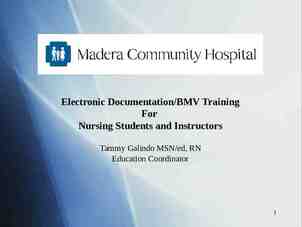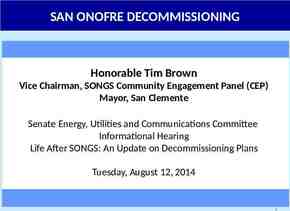Problem-Solving and Decision-Making Strategies for Individuals
26 Slides1.53 MB

Problem-Solving and Decision-Making Strategies for Individuals and Teams

Section 1: Teamwork and Communication

Critical Thinking, Problem- Solving, and Teamwork Broken Squares Activity Goal: Use pieces to assemble 5 squares, all of equal size. No talking, pointing, or gesturing. You may give pieces to another team member, but not take pieces from anyone. Pieces must be given directly to another, not just placed in the center of the table.

Critical Thinking, Problem- Solving, and Teamwork Broken Squares Activity What part of the game was the most fun? Were some members frustrated? Why? Were any members always/never willing to give away their pieces? Did some members dominate the play? Were some members willing to violate the rules?

Critical Thinking, Problem- Solving, and Teamwork Broken Squares Activity How did team members interact? Were any members always/never willing to give away their pieces? Was there a turning point where cooperation began? What role does communication play in solving problems?

Critical Thinking, Problem- Solving, and Teamwork Broken Squares Activity What strategies could group members have used to make the team’s outcome more successful? What lessons did you learn from the game that could be applied in other problem-solving situations?

Critical Thinking, Problem- Solving, and Teamwork Broken Squares Activity Cooperation by all team members is necessary to solve team problems. It is important that everyone understand and follow guidelines. Everyone’s efforts are important. Recognize that your contributions are important. Communication in many forms is vital for success.

Section 2: Making Decisions

Your Decision-Making Skills How many decisions do you make in a day? How do you make a decision? What is a good decision? Describe how you recently made a good decision? What was the process?

Making Decisions Flip a coin, roll a die, “draw a card.” It “feels right.” Formal or logical methods; ranking the options. Eliminating decisions. For each approach: Is this sometimes an appropriate method? Is this a good method? Any drawbacks? What will be the likely outcomes?

Section 3: Solving Problems

Problem-Solving Strategies Draw a diagram. “A picture is worth a thousand words.” Are you a visual learner? Turn an abstract problem into a concrete problem by making a sketch. Example: Determine the order of the houses.

Problem-Solving Strategies Make a list. A systematic listing of options/choices can make the answer clearer. Use a methodical approach to cover all options/choices. Example: How many possible tile arrangements are there?

Problem-Solving Strategies Trial and error Sometimes known as “guess and check.” Good if the cost of a wrong guess is minimal. Good if the number of possible answers is not too large. Example: The product of five consecutive integers is greater than one million. What are the smallest values that do this?

Problem-Solving Strategies Divide and conquer. Break big problems into several smaller problems that are more easily solved. Example: How many tiles should be ordered for a countertop with complex geometry?

Problem-Solving Strategies Look for a pattern. Often other approaches yield a pattern that suggests a possible solution. Test the solution. Example: 1000 students have 1000 lockers. Starting at locker 0001, Student #1 opens every locker. Student #2 closes every other locker. Student #3 changes every 3rd locker. Student #4 changes every 4th locker. And so on, through Student #1000. What lockers will be left open?

Problem-Solving Strategies Working backward might be useful when. The final result is clear, but the initial conditions are not. The beginning situation is complicated but the end is simple. The direct approach would involve a complicated equation. The problem involves a sequence of reversible actions. Example: What was your previous month’s bank balance if this month’s statement shows 493.18, after checks for 17.73 and 88.10, and a deposit of 193.22 and interest of 0.26?

Section 4: Quality Improvement

Seven-Step Strategy for Quality Improvement 1. Identify and define the problem. a) Brainstorming b) Impact changeability tool c) Problem statement 2. Study the current situation. a) Force-field analysis b) Flow chart

Seven-Step Strategy for Quality Improvement 3. Find the root cause. a) Asking “why” five times b) Fishbone diagram 4. Choose a solution. a) Brainstorming b) Evaluation grid

Seven-Step Strategy for Quality Improvement 5. Develop and action plan. – Specific and clear – Logical sequence – Comprehensive – Shared with whole team – Reviewed frequently

GANTT Chart Illustrates the beginning and completion dates for sub-tasks within a project

PERT Chart Project Evaluation and Review (PERT) shows the sequence of tasks in a project or problemsolving process

Seven-Step Strategy for Quality Improvement 6. Implement the action plan. Includes five Ws and one H: Who What Where When Why How

Seven-Step Strategy for Quality Improvement 7. Check the results. a) Force-field analysis b) Brainstorming c) Evaluation grid

Quality-Control Charting X-bar and R-charts – “X-bar” (or x ) is the average of sample measures. – “R” is the range, the maximum value minus minimum value. X-bar shows “drift.” R shows variation.






